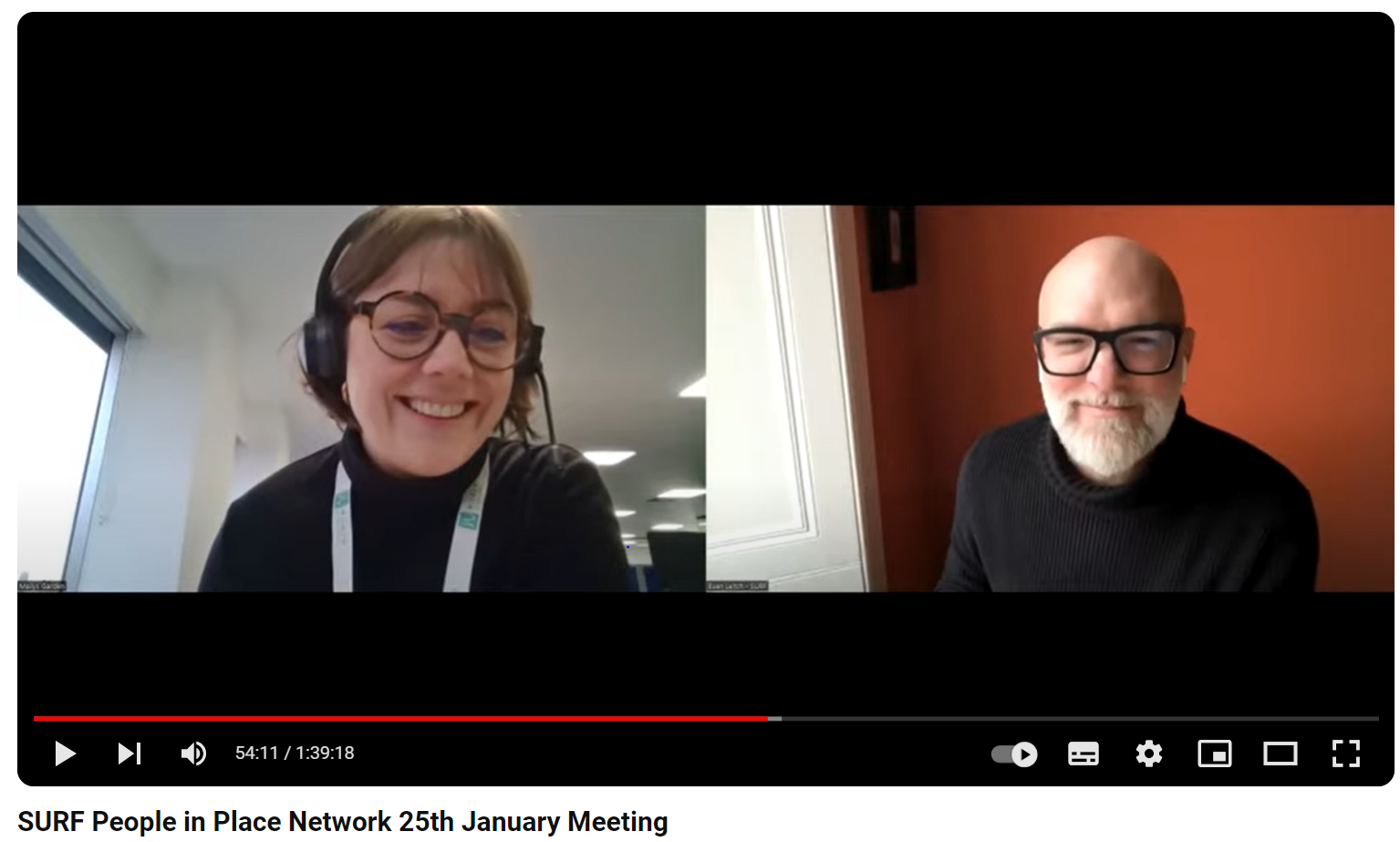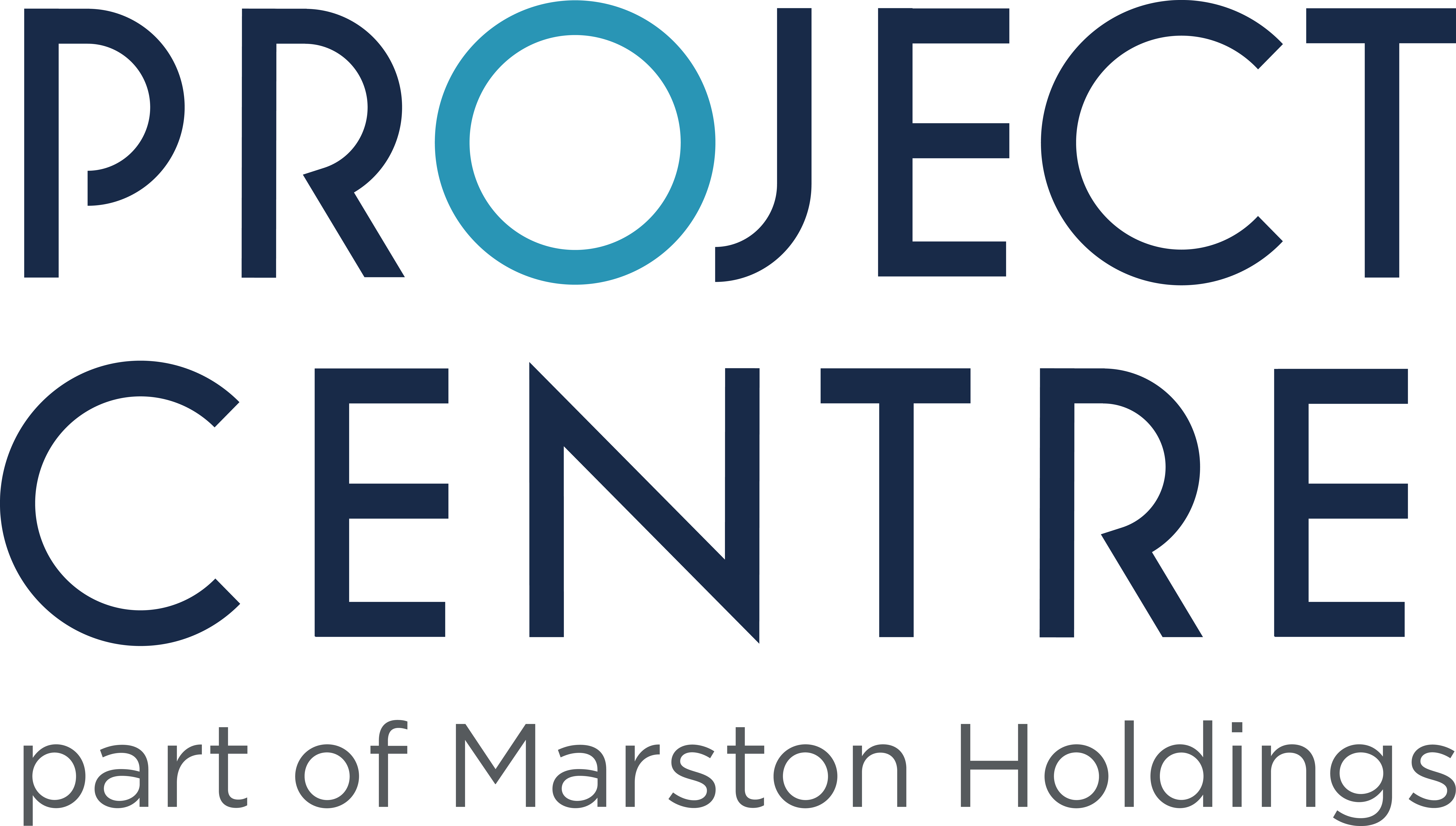Our Associate Director for Transport Planning, Maïlys Garden MCIHT, was at the People in Place Practice Network meeting, discussing how to ensure an inclusive approach to mobility planning in the context of place-based regeneration.

Organised by SURF – Scotland’s Regeneration Forum, the meeting was attended by several industry experts who shared their expertise in creating accessible and sustainable mobility hubs. Mailys specifically outlined the key issues faced by practitioners today before presenting examples of tools to overcome these and lessons learnt from their implementation.
As a board member of the Scotland Hub of Women in Transport, Mailys is committed to promoting transport solutions and inclusive strategies to drive a real mode shift in transportation. She has over ten years of experience working in regeneration schemes, specialising in public realm, active travel, and urban freight.
A key part of her mission is to advance women in the transport industry through events, mentoring, and networking opportunities, as well as inspiring the next generation of industry leaders to create sustainable spaces for all.
The problem of inclusivity
“When planners fail to account for gender, public spaces become male spaces by default”.
– Caroline Criado Perez, Invisible Women
When creating new spaces, transport planners should look at different perspectives including women’s unique travel needs. Recently, the transport industry is opening their minds to previously under-looked part of communities, giving a voice to those who were unheard.
From the latest consultations, we found that as a majority, women have specific needs and concerns when it comes to travelling. These include:
- Committing to multipurpose trips linked to care duties, work and social activities
- Fear of sexual harassment and assault, especially when using public transport
- Lack of public spaces for girls, including facilities and amenities in parks and urban areas
- Lack of trust in the transport sector due to a lack of representation
Why does addressing these concerns matter?
Creating inclusive and accessible places for everybody impacts the success of an urban area for communities. This all has implications for the community’s health and sense of belonging and allows local business to thrive. It also aids local authorities in achieving United Nation Sustainable Development Goals, particularly SDG 5 – achieve gender equality and empower all women and girls.
Latest consultations showed that communities are interested in adopting sustainable transport modes. However, some of the above concerns are stopping them to take a step forward. What can transport planners do to make the change happen?
Scales of action
Transport planners, in collaboration with engineers, stakeholders, and engagement consultants, can facilitate the switch to more inclusive modes of transportation, operating through different scales of action.
Behaviour change – No real change can be made without getting communities on board. Consultation strategies in the past have often failed to reach a fair representation of the whole community.
When approaching an engagement strategy, using a gender sensitive recruitment process as well as adopting a gender-inclusive language is crucial. Hearing from everyone’s lived experience can help us tackle unconscious bias, informing us of specific safety concerns and needs. Conversations with communities and policy makers, also supported by quantitative and qualitative data, can create a real change in the sector.
Place-based tools – Assessing current spaces and creating toolkits of what makes an urban space inclusive and accessible helps transport planners in their approach to designing new routes. A strong emphasis should be put on safety, comparing a list of positives and areas of improvements. These could include different elements, such as lighting, footpaths, amenities and the presence of CCTV cameras.
Process-driven change – Early community engagement is not only important from a behaviour change perspective, but it can also help designers and councils to target areas of interventions. This includes ideas on elements that can transform streets into more functional, attractive and sustainable places.
Lessons learnt from this process
It is great to see so much movement around ensuring equality and accessibility across UK streets and transportation modes. Earlier last year, we spoke to Susannah Walker, co-founder of “Make Space for Girls”. Their charity is championing open spaces to make these more accessible for teenage and young girls.
Susannah spoke about her first consultation experience. While asking girls how they felt about public spaces, the most common answer was: “Why would I go there? There is nothing there for me”. That common answer is a proof of how changes, both in terms of perception and road elements, are needed to ensure inclusive spaces for all.
Also at Project Centre, our multi-disciplinary teams have worked on several projects where the challenge of inclusivity was central to creating successful interventions. In Hammersmith and Fulham, our team was responsible for setting up a comprehensive engagement strategy that reached out to vulnerable road users, as they felt unheard by previous engagement processes aimed at implementing a new cycle route across the borough.
In Lewisham, our engagement team partnered with charities to ensure our consultation included all women, girls, and people of marginalised gender. This was in response to the Council and our joint commitment to create a space for everyone by addressing anti-social behaviours and improving the attractiveness and sustainability of an area.
These are just two examples of the importance of co-designing with stakeholders and communities to include gender and biases concerns from day one, is key to creating welcoming spaces for everyone. Safety and accessibility are two of our top priorities when engaging with communities and producing designs.


